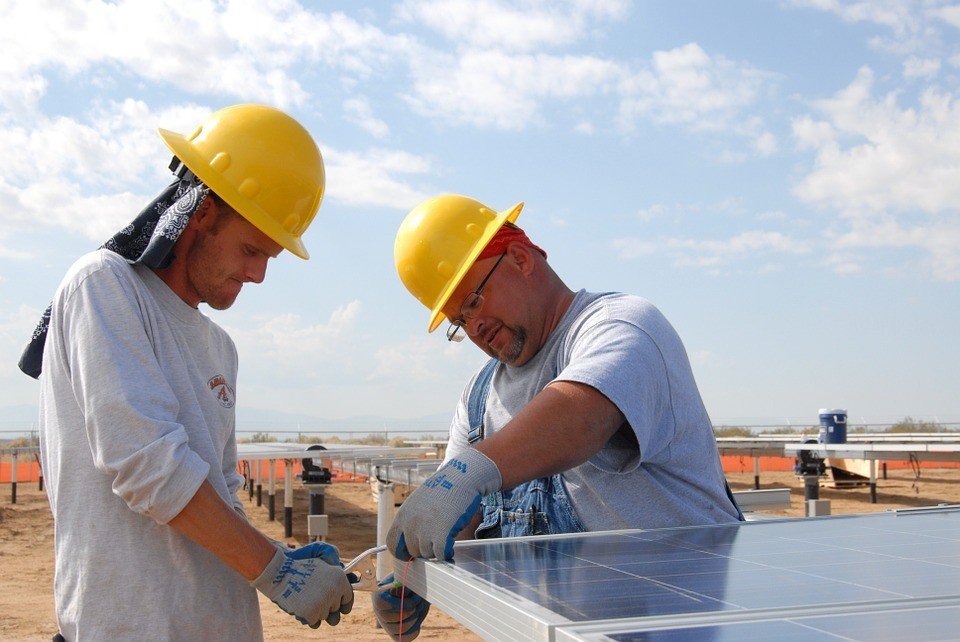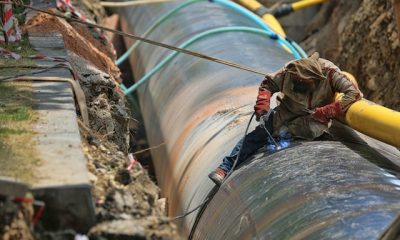Business
RetrofitNY starts getting it right
RetrofitNY values properties in long-term while paying for it on a short-term basis. It makes any retrofitting project more ideal and economical.

RetrofitNY is a program of NYSERDA, the New York State Energy Research and Development Authority, and it is a giant leap forward.
My frequent criticism over the years of programs like New York’s NYSERDA has been that they promote technologies, not property values. Amazingly, many property owners fall for this approach and seem to just do whatever the special of the week is, but that leads to financially sub-optimal outcomes.
The fact that an item is on sale does not prove that you need it, and energy-related incentives tend to be driven by socially desirable outcomes that may or may not be financially optimal for your property, and others are driven by the utilities and therefore serve their stakeholders, and again, that does not necessarily coincide with optimal outcomes for your building.
Particular NYSERDA’s so-called Multi-Family Performance Program (MPP) was financially absurd for that reason. It tended to create a game of collecting the most subsidy for the least amount of money, without a focus on the long-term value it created for the property owner.
The new RetrofitNY program is different because it aims for net-zero retrofitting of existing multi-family buildings of which there are a great many, and many are older. In other words, the older programs had a tendency for property owners to max out on the shortest-term retrofits, which means largely efficiency measures, and an avoidance of deep retrofits. The net result of that in financial terms is stripping value out of the building, for after such programs, all that is left are long-term investments in Site Derived Renewable Energy (SDRE), with long paybacks, which never happen by themselves.
It is critical therefore to approach retrofitting on the basis of long-term property values and to combine energy efficiency with SDRE because you are then balancing the long paybacks of SDRE are combined with the shorter paybacks of energy efficiency measures, to make the total project financially feasible.
The new RetrofitNY program overcomes these hurdles by focusing first on a whole building net-zero outcome. Once you achieve net-zero, or something close to it, you have done something major for the value of your property—you have overcome the single most important long-term liability and transformed that liability (energy bills recurring in perpetuity) into an asset. Now, there still may be different avenues to achieve that outcome, but overall, this is a critically important issue of value creation, which was never accomplished by earlier programs that achieved merely 20-30 percent efficiency gains.

RetrofitNY works by contacting multiple companies through networking and direct them to a single goal of providing affordable retrofitting for all. (Source)
The program is based on a Dutch program called Energiesprong, and the fact that New York state is first in adopting this approach, is a testimony to the progress being made. New York State is serious about creating a better energy future for its residents. The process entails multiple contracting groups working in parallel to offer net-zero retrofits to property owners of low-income multi-family residences, with the goal of accelerated learning. The results in Holland were quite dramatic, for rapid learning occurred from addressing this issue on a significant scale and the costs of these radical retrofit dropped rapidly.
Clearly, the two technologies/solutions that are in play for these multi-family structures are thermal solutions for the outside of the envelope, including window replacements or other window treatments, and forms of clean on-site energy generation, which could include solar, wind, and heat pump technology. A great many of these older buildings are still heated with oil, or else with gas. But with heat pumps, you get up to 80 or even 90 percent of energy free through heat exchange. Newer generations of air source heat pumps are now viable for our Northern climate, which is another sign of great progress. Economical solutions for complete wrap-around insulation are also becoming increasingly feasible.
It is very encouraging to see this kind of an international collaboration happen to advance learning. The RetrofitNY project is sure to stimulate wider adoption of these new solutions because again, a financially viable net-zero retrofit is a long-term improvement of the value of the building. The crisis of 2008 has shown money managers that net-zero properties kept their value better than any other asset class.
—
DISCLAIMER: This article expresses my own ideas and opinions. Any information I have shared are from sources that I believe to be reliable and accurate. I did not receive any financial compensation in writing this post, nor do I own any shares in any company I’ve mentioned. I encourage any reader to do their own diligent research first before making any investment decisions.

-

 Impact Investing1 week ago
Impact Investing1 week agoVernazza Autogru Secures €5M Green Loan to Drive Sustainable Innovation in Heavy Transport
-

 Markets4 days ago
Markets4 days agoRice Market Slips Amid USDA Revisions and Quality Concerns
-

 Business2 weeks ago
Business2 weeks agoLegal Process for Dividing Real Estate Inheritance
-

 Fintech12 hours ago
Fintech12 hours agoJPMorgan’s Data Fees Shake Fintech: PayPal Takes a Hit

























You must be logged in to post a comment Login